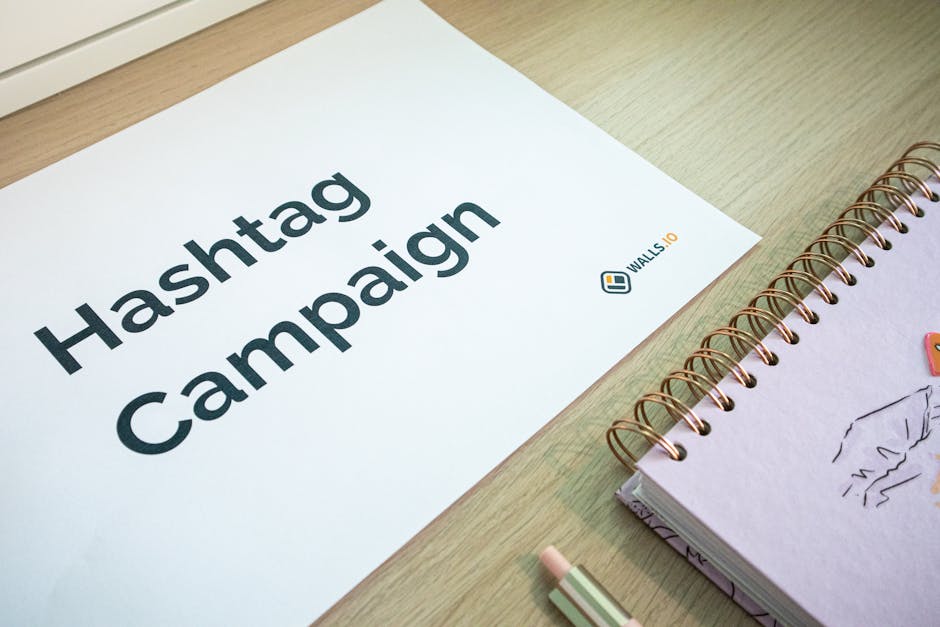Introduction: Failure Isn’t the End
Marketing campaigns can fall flat—even with big budgets, smart teams, and confident launches. But here’s the truth: failure doesn’t have to mean the end of the road. In fact, some of the most iconic brand wins began as marketing missteps.
Why Marketing Mishaps Aren’t Always Fatal
Many marketers are taught to fear failure. But in today’s fast-moving, feedback-driven landscape, a flawed campaign can quickly evolve into a major success—if teams know how to listen, learn, and adapt.
Consider this:
- Market conditions shift fast. A strategy that missed the mark once could be spot-on with slight adjustments.
- Audiences are forgiving when brands are transparent and responsive.
- Missteps often reveal blind spots in messaging, audience fit, or distribution—valuable data for future successes.
The Role of Resilience and Adaptation
Winning campaigns often depend less on getting everything right the first time and more on how teams course-correct under pressure. Adaptable marketers know how to:
- Pause and assess instead of panic
- Gather real-time feedback from their audiences
- Adjust creative, messaging, or targeting strategies without abandoning the core idea
In essence, failure isn’t a finish line—it’s a checkpoint. Resilient teams move fast, learn faster, and treat mistakes as stepping stones toward bigger, more sustainable wins.
Case 1: When the Message Misses the Mark
What went wrong: A brand launched a flashy campaign aimed at a broad, vague audience. The visuals were polished. The budget was fat. But engagement tanked. Why? The message didn’t speak to anyone specifically. It was all sizzle, no steak—and totally misaligned with what the actual customer base cared about.
What turned it around: The team paused, stopped broadcasting, and started listening. They poured over comments, ran quick polls, and held a few brutally honest focus sessions. Turns out, their core buyers wanted less gloss and more grit—real stories, real problems, real solutions. So, they pivoted the tone, sharpened the messaging, and dug into niche issues their audience actually faced. The shift wasn’t huge, but it was precise. And it worked.
Key takeaway: Don’t assume. Test your message early, even when it’s uncomfortable. A small sample of honest feedback beats weeks of guesswork. Nail your tone before you pump funds into reach.
Case 2: Overspending, Underdelivering
What went wrong? A campaign packed with high production costs, big sponsorship deals, and an outreach plan that looked great on slides—but failed to convert. The team spent like a Fortune 500 brand without the data or audience loyalty to back it up. ROI? Nearly non-existent.
What turned it around wasn’t more money. It was the opposite. They stripped the fat, shifted to a leaner content strategy, and doubled down on community. Instead of flashy influencer partnerships, they tapped micro-creators their audience actually trusted. The revamped plan told a simple, honest story about what the brand stood for—and why that mattered.
One brand that made this pivot work was a mid-tier outdoor gear company. After wasting six figures on an over-produced product launch that went nowhere, they rebooted with a docuseries filmed on iPhones and edited in-house. The series followed real customers on backcountry trips—with gear in action, no acting. Authenticity trumped glitz, and customers tuned in. More importantly, they bought in.
They didn’t just cut cost. They cut noise. And that made all the difference.
Case 3: Ignoring the Power of Word-of-Mouth
What do you do when paid ads stop working? That was the hard question faced by this brand. For months, massive ad buys drove traffic, but conversions flatlined. The audience wasn’t connecting. The problem wasn’t visibility—it was trust.
The turnaround didn’t come from another round of sponsored posts. It came from dialing down the budget and dialing up the humans. The brand turned to its most loyal customers: the ones already sharing products with their friends, tagging on social, writing honest reviews. Empowered with referral perks and authentic visibility, those customers became advocates—and the ripple effect was real.
Organic buzz isn’t just cheaper—it’s stickier. People listen to their circles more than they listen to banner ads. Success came not from shouting louder, but from helping customers spread the word naturally, on their terms.
For a deeper dive, check out The Influential Power of Word-of-Mouth Marketing.
Case 4: Launch Timing Gone Wrong
Sometimes it’s not the product—it’s the calendar. One high-profile campaign tanked not because of bad messaging or a broken offering, but because it dropped at the worst possible moment. A wellness brand released a winter-focused supplement line in early summer, hoping to preempt the seasonal spike. Consumers weren’t ready, sales were flat, and the buzz fizzled.
What turned it around? The same product, the same messaging—but launched in late October, when cold air and flu chatter were on full blast. This time, it landed. Influencers picked it up, media tied it into seasonal trends, and customers actually listened. There was nothing wrong with the product. The timing was everything.
Here’s the plain truth: most launches don’t fail because of poor quality—they fail because they’re out of sync. Trying to manufacture urgency never works if the audience isn’t already leaning in. Calibrate your calendar with culture first. Then execute.
Timing will never make up for a bad product. But even a perfect product can vanish if it shows up at the wrong time.
Common Threads Across These Failures
If there’s one thing every failed campaign in this article had in common, it’s this: adaptability wasn’t optional—it was survival. The brands that turned things around didn’t do it with the same strategy that got them into trouble. They tore pages out of the old playbook and rewrote them based on what was actually happening in the market—not what they hoped or assumed.
Customer feedback played a central role in every comeback. The smartest teams didn’t just tolerate critique—they hunted it down. Comments, emails, support tickets, even offhand remarks on social media—these were treated like raw strategy material. If someone took the time to complain, that was a gift, not an annoyance. Good marketers know this can be the difference between course-correcting and going down with the ship.
And finally: ego kills. There were founders who clung to their gut feeling instead of listening to data. CMOs who doubled down on campaigns that clearly weren’t working. Teams that thought they knew better than their audience. That’s how you lose. The turnarounds came when people dropped the pride, acknowledged the reality, and got back to solving real problems for real people.
Closing Thoughts
Perfection Is Not the Point
In marketing, perfection is elusive. Even the best-laid campaigns suffer setbacks. What separates successful teams from struggling ones isn’t the failures they face—it’s how quickly and intelligently they respond.
- Great teams treat failure as feedback
- Recovery starts with honest reflection
- Agility beats flawless execution every time
Turn Failures into Frameworks
Every misstep is a chance to build a better approach. By studying what didn’t work, teams can spot patterns, adjust early, and make more informed decisions moving forward.
- Use failures as data, not dead ends
- Identify what failed: messaging, timing, targeting, or delivery?
- Build a process to apply these lessons to future campaigns
The New Marketing Mindset
Long-term success isn’t born from one perfectly executed campaign—it’s shaped by constant experimentation and iteration.
- Test small, fail fast, adapt quickly
- Listen to audience feedback at every stage
- Maintain a cycle of test → learn → improve
Ultimately, marketing success is less about avoiding mistakes and more about staying committed to growth—even when the path is messy.



